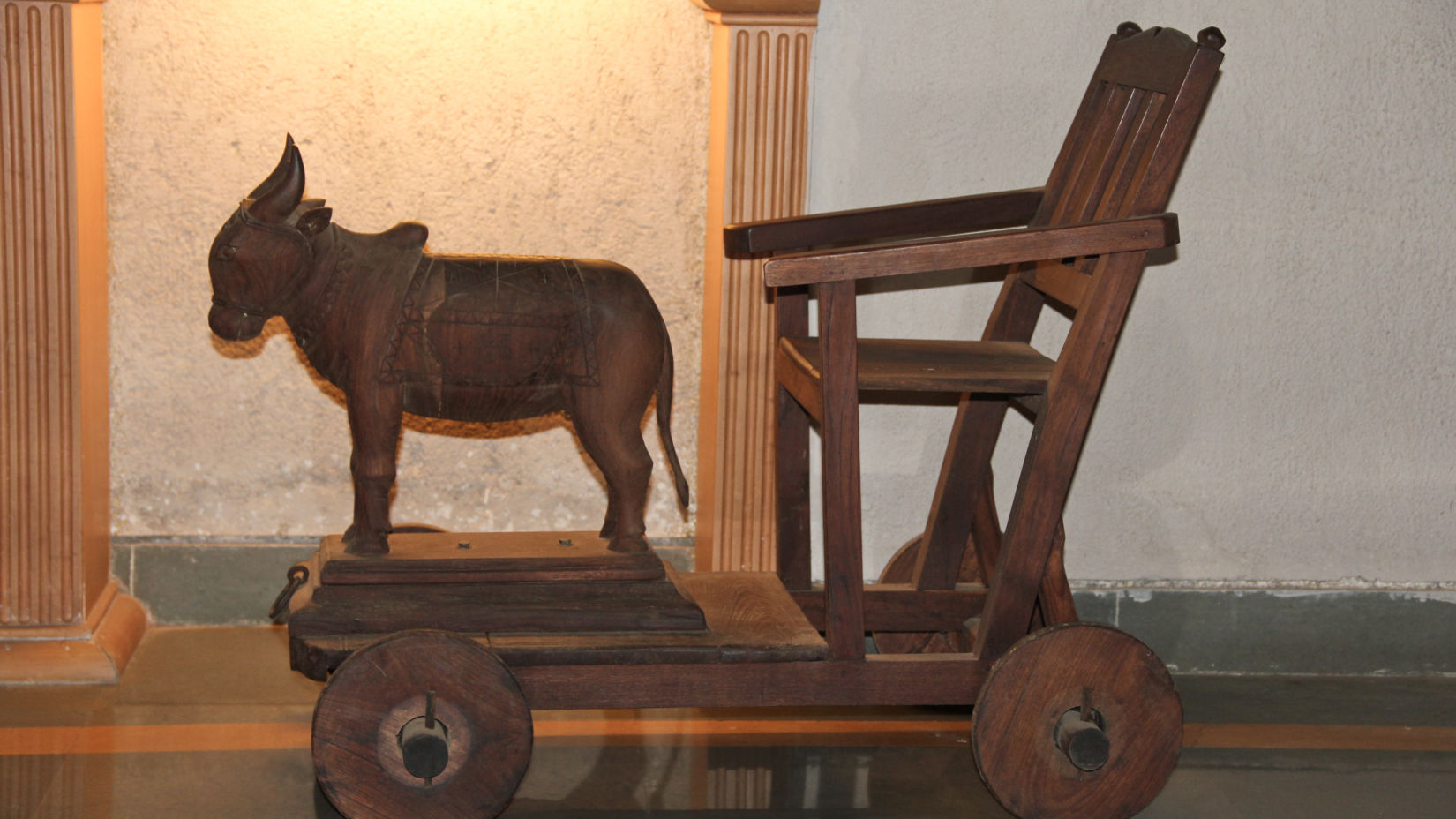








The Aai museum, housed at Fort JadhavGADH, features an array of ancient collectibles such as board games, decorative storage boxes, jewellery and paintings, among others.
Aai, Marathi for mother, is the name of the museum at Fort JadhavGADH, a heritage hotel on Hadapsar Saswad Road, Jadhavwadi, which offers a peek into the grandiose of the Maratha regime. The museum is a journey through 300 years of history, of not only Pilaji Jadhavrao, who was the Maratha General in the army of Chhatrapati Shahu, in 1707, but also a collection of over 35,000 antiques collected by Dr Vithal Kamat, owner of Fort JadhavGADH. This in-house museum is a dedication to mothers all over the world.
Kamat has painstakingly created this museum by reusing and reviving the fort’s horse and elephant stables. He took more than 30 years to collect these antiques, informs the museum’s guide, Tukaram. “Most of the people threw them, while Kamat collected them,” he adds.
Before the entrance, one comes across the sculpture of a mother holding her infant, justifying the name of the museum. As one enters the museum, the attendant hands you an audio recorder with a pair of headphones. To know the history of any type of antique or a portrait, there are simplified options on the recorder that you can listen to.
The museum is divided into four sections — two galleries on the ground floor and two on top. First, you spot the portrait of Pilaji Jadhavrao, the brave Maratha, who helped Shahuji win the Maratha Empire. In the other part of the room, there are oil lamps and jewellery which were used in ancient times to adorn domestic animals such as cows and buffaloes. There is a huge cooking vessel and lanterns placed in the midst of the aangan (front yard).
The left gallery features a collection of ancient board games, similar to Ludo, and paandaans (decorative storage boxes) made of brass, copper, iron and wood. Also on display are a variety of dhotis, turbans and walking sticks.
The ground floor also showcases a collection of antique surmadani and kajaldanis, which are decorative containers made of brass or ivory, used to store homemade kohl.
The gallery on the first floor features bullock carts, used by kings and queens and a doli (a palanquin for a bride used in Hindu wedding rituals). Also, on display is an interesting huge lock next to the collection of other beautiful decorative ones which were used in forts, offices, houses, palaces and household caskets. Five keys, in a particular series, are used to unlock this big mystery.